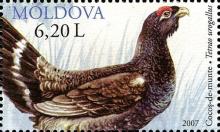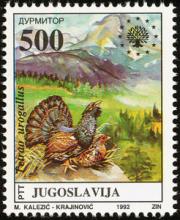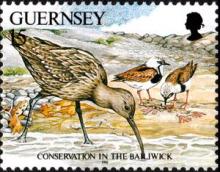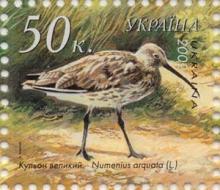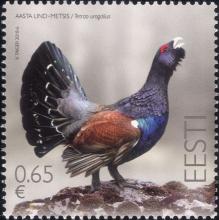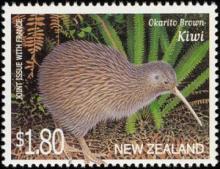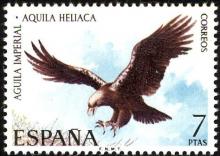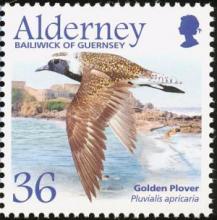Capercaillie broods in pristine boreal forest in northwestern Russia: the importance of insects and cover in habitat selection
Capercaillie (Tetrao urogallus L., 1758), the largest and most size-dimorphic species of grouse, is decreasing in number throughout its man-modified range in the boreal forests of the Palaearctic. Poor reproduction owing to direct and indirect effects of commercial forestry is considered a main cause of the decline. We studied brood habitats in a pristine forest in northwestern Russia to identify key elements in habitat selection in the natural environment of this species.

